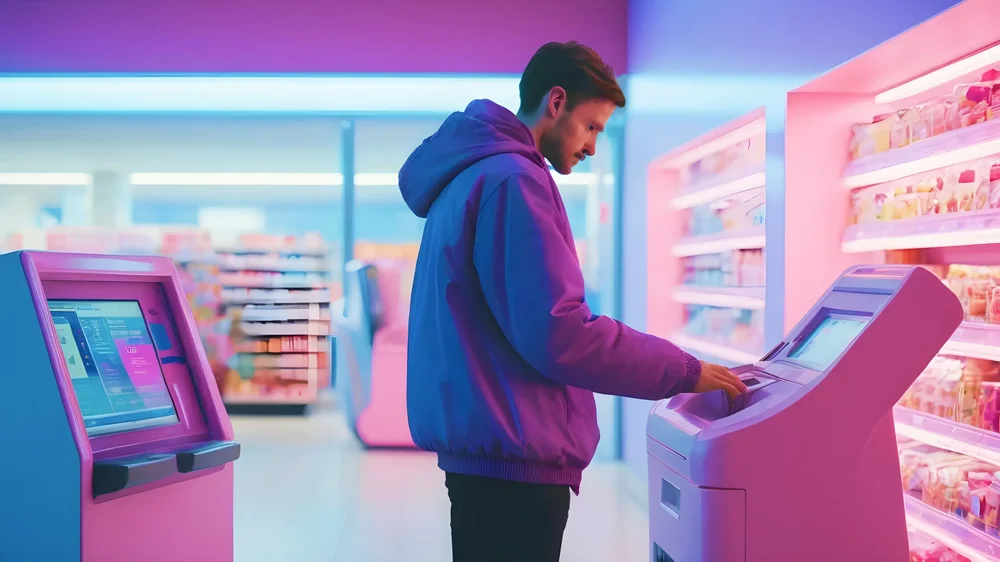
You probably hear this several times a year, but after my visit to this year’s NRF conference in New York, I have to repeat it: it's time for commerce to get ready for another small technological revolution. There's nothing to be afraid of – we are gaining another set of tools and opportunities to optimize business and deliver value to customers through new channels.
I’m talking about so-called autonomous retail. From smart shelves to completely autonomous, modular stores. From the already well-known self-service checkouts to... their complete absence.
This is what the future of retail may look like. So let's take a look at the technological solutions that are either already on everyone’s lips or are quickly gaining popularity.
Technological innovations in retail are on everyone’s minds these days, especially in Poland, where Future Mind has recently launched a detailed report on the state of phygital, or the fusion of online and offline worlds. The many similarities between autonomous retail and phygital may tempt you to ask: How do the two concepts relate to each other?
Phygital refers to the technologies and processes of merging of physical and digital layers of business performed on individual experience level. It aims to build engagement between a person and a product, service or brand.
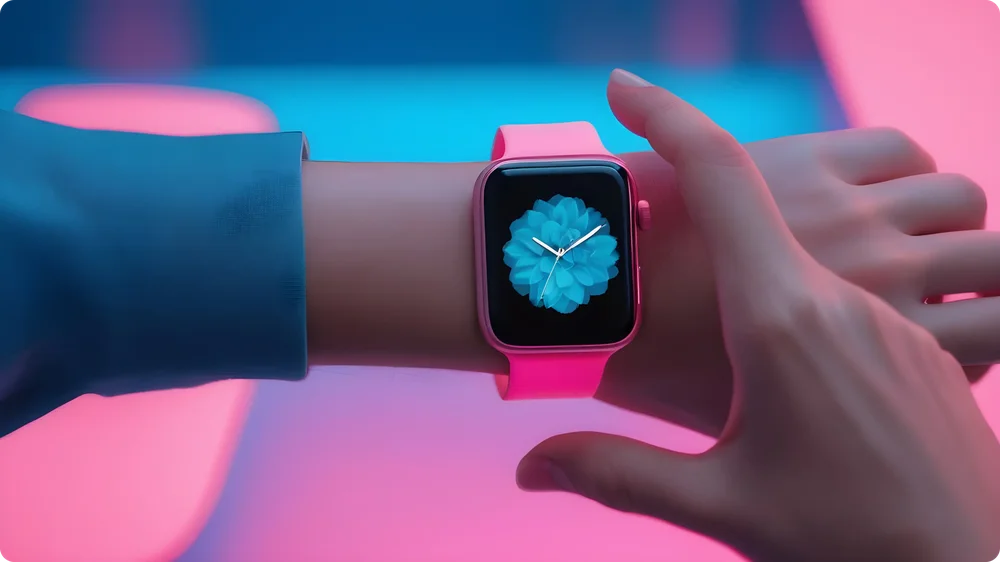
While there are numerous instances of overlap between autonomous retail technologies and phygital solutions, it's important to recognize that autonomous retail isn't necessarily designed for personalization in all cases. Nonetheless, it provides yet another set of tools for businesses seeking to enhance their offerings and impress customers with experiences worthy of the digital era.
Smart shelves, such as Shelf Edge, could lead to a small breakthrough in retail. They replace traditional price labels with a sensor-equipped and IoT-enabled device that not only displays prices (which are always up-to-date!), but also controls inventory in real time.
These shelves not only streamline inventory management, but also make it logistically effortless to implement dynamic pricing strategies based on demand and supply. Not having to manually swap price labels means less work for employees and reduced paper consumption.
Additionally, constant tracking of the location of products on the shelves makes it easier for employees to stick to the planogram, and for customers, if a compatible mobile app is available, to quickly navigate to the product they are looking for.
The impact on energy consumption is also an important aspect. The battery in integrated Shelf Edge devices powers not only the price tag, but also all the other modules: the sensor, the beeper or the light source, which increases efficiency and makes it easier to use than if you were to operate multiple individual devices.
RFID (radio frequency identification tags) are small electronic tags containing unique identifiers. Attaching them to products allows them to be identified with the use special readers, which offers the opportunity for significant optimization in the areas of inventory management and customer experience.
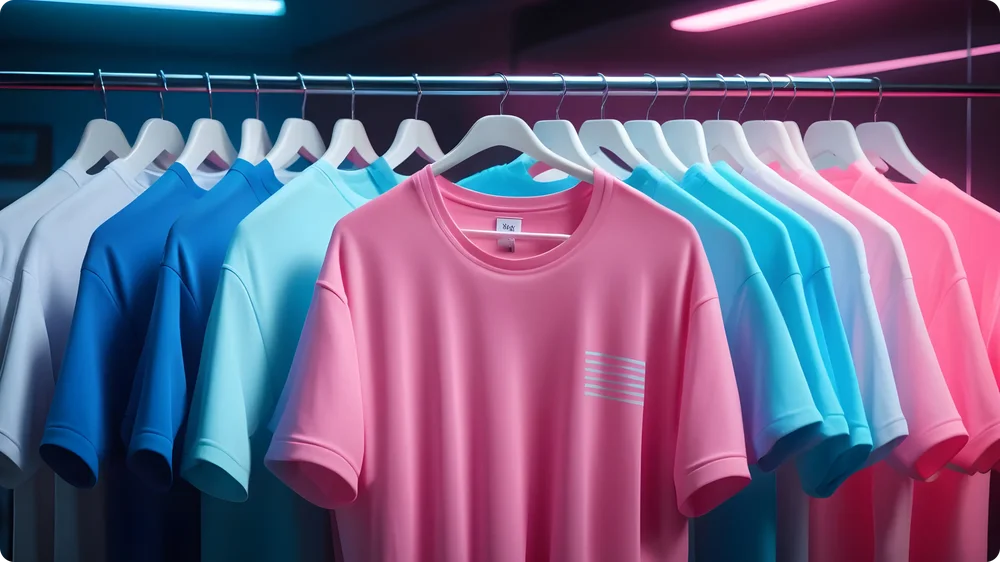
Decathlon is a well-known example of an ambitious approach to RFID. In recent years, the company has integrated RFID tags into all of its products. Each product is assigned a unique EPC number, which enables precise, automated tracking of inventory levels. The system has improved product availability and, in turn, increased customer satisfaction.
Thanks to RFID, Decathlon's customers can also use self-service checkouts much faster. They don't need to scan barcodes, it’s enough to place the products in a special basket and the system will immediately communicate the total amount to be paid. It's worth mentioning that RFID tags can be combined with a system for tagging high-value items, which provides an extra layer of protection against theft.
Dash Cart seems to be the next big thing for cashless shopping now that Amazon has announced it will phase out its Just Walk Out technology, which allows customers to enter a store, select products, and simply exit without any additional actions required.
Just Walk Out used a combination of sensors and cameras installed in stores and AI algorithms to automatically detect when products were taken off the shelf or put back and charge the customer's account with the appropriate amount when they stepped out the door.
In turn, Dash Cart is based around the idea of a smart shopping cart. The cameras and sensors are still there, but instead of being placed on the ceiling and walls, they are integrated into the cart itself. The device tracks what items are being placed inside it or removed, and payment occurs when a customer pushes the cart through a special Dash Cart lane.
The carts come equipped with a QR code reader to facilitate logging into the right Amazon account for correct payment processing. A touch screen next to the cart’s handles can be used to keep track of shopping lists and total cost of the items in the cart in real time.
If it gains wider adoption, the Dash Cart technology would not only streamline the shopping process, but also allow retailers to optimize revenue per square meter of sales space, reduce labor costs and improve the overall shopping experience.
In Poland, Żabka still believes in an autonomous format similar to Just Walk Out. Żabka Nano, an increasingly common sight on Polish streets, allows you to unlock the entrance to the store with a mobile application, so that when you leave with the products you need, your card will automatically be charged with the appropriate amount.
Microfulfillment centers are small, automated warehouses strategically located near actual points of sale. They allow orders to be processed faster and minimize the logistics associated with the last mile of delivery.
The popularization of this solution is linked to the growing interest in e-commerce and quick delivery services. Implementing microfulfillment centers streamlines order processing, reduces delivery times, and improves overall supply chain efficiency.
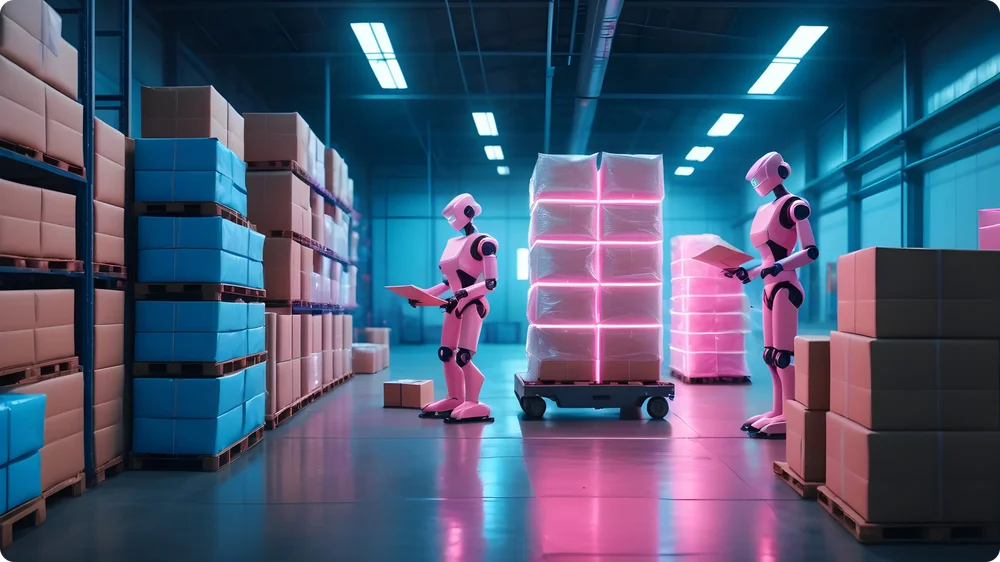
The emphasis on automating warehouse processes, in turn, maximizes the efficiency of the space being used, which, due to its favorable location, is inevitably more expensive than traditional large-scale warehouses on the outskirts of large cities.
Some players are already trying to make a relic out of the "micro" innovation described here, such as 1mrobotics, which offers "nanofulfillment." The company provides modular solutions for small-scale automated inventory management, making it possible to implement this type of strategy without investing in developing the necessary technology on your own.
At the end of the logistics chain, on the other hand, Retail Robotics' PickupHero solution fits into the micro trend: parcel pickup machines so small they allow for creating an extremely dense network, as they fit even in the smallest stores.
Some of the above solutions may seem a bit far-fetched, so let me also mention an increasingly popular technology that’s a perfect fit for today's stores and generates significant savings.
Artificial intelligence-driven fraud detection systems for self-service checkouts use advanced algorithms and machine learning to analyze customer behavior, transaction patterns and other contextual data to identify fraudulent activity. Computer Vision-based solutions automatically detect if a customer tries to scan the barcode of a different product than the one actually at the checkout counter. The machine can then politely ask the customer if they’re sure of their choice to make them aware that their behavior is not going unnoticed.
As they keep learning from massive data sets, AI-based fraud detection systems are constantly evolving to find ways to counter new tactics created by criminals. Implementing AI in self-service checkouts not only increases security and reduces losses due to theft, but also provides a seamless shopping experience for honest customers, striking a balance between fraud prevention and customer convenience.
Autonomous retail represents a number of opportunities for retailers to increase customer engagement. It may seem difficult to achieve that by using technologies that prioritize quick and seamless transactions, but in practice, they can be a valuable element in the broader context of an omnichannel experience.

Autonomous retail is particularly effective as a response to the needs of specific customer groups like introverts, people on the autism spectrum or even customers who would love traditional service on a daily basis, but happen to be in a hurry.
In 2024, automated solutions are not only about speed and convenience, but also personalization, or making the whole experience less impersonal. Autonomous shopping, a concept fully compatible with modern trends of frictionless loyalization, also serves as an ideal platform for implementing loyalty strategies based on fun and regular interactions with the brand.
This is because the technology facilitates hyper-personalization by capturing key behavioral data about the customer, including their preferences as well as time and location of purchases. By doing so, it enables retailers to be increasingly bold in their efforts to anticipate needs and behaviors and customize offers to enhance customer satisfaction.
According to our latest report, only 17% of Poles have already used autonomous stores even though 74% are aware of their existence. A part of this discrepancy may be due to low availability of such solutions in many areas, but some consumers report they simply find the experience too stressful.

In some cases, especially when it comes to more skeptical shoppers, companies’ attempts at making things “frictionless and convenient” may actually turn out to be seen as obstacles. Every new technology comes with its own adoption period, and businesses will need to actively educate consumers and pay attention to their concerns.
Integrating Autonomous Retail with legacy services is another area that presents a number of challenges. One of the most significant is how to seamlessly incorporate autonomous shopping into an omnichannel experience of customer and retailer interaction.
For retailers, this means having to combine technology with a broader vision of the sales experience while remaining consistent in terms of brand messaging.
Here, it is worth emphasizing the importance of the opportunities offered by mobile apps, which today seem to be the best tools for customer communications. They function not only as stand-alone m-commerce sales channels, but also play an important role during on-site shopping, while simultaneously running loyalty programs and supporting autonomous stores.
I think it's fair to say that lacking a dedicated brand mobile app may prevent a retailer not only from taking advantage of the opportunities offered by the development of autonomous shopping, but also from offering modern loyalty programs, returns and many future functionalities associated with, for example, the development of augmented reality technology. This underscores the strategic importance of the mobile app as a multifunctional, yet easy-to-use for the customer, tool for brands to execute sales, loyalization, communication and customer behavior research.
By implementing mobile apps that support all elements of the sales process, from traditional store transactions through e-commerce to autonomous shopping, retailers can address the challenges of integrating autonomous retail into their omnichannel strategy much faster and more efficiently.
The headline above sounds grim and corporate, because that's exactly how some people perceive the attempts to optimize costs that end up surrounding customers with soulless technology.
The traditional vendor-customer dynamic is being replaced by computerized systems that prioritize efficiency, minimal interaction time and smooth, repeatable transactions. Especially now, in the wake of the pandemic, one can see a strong contrast between more budget-oriented stores or restaurants and premium locations.
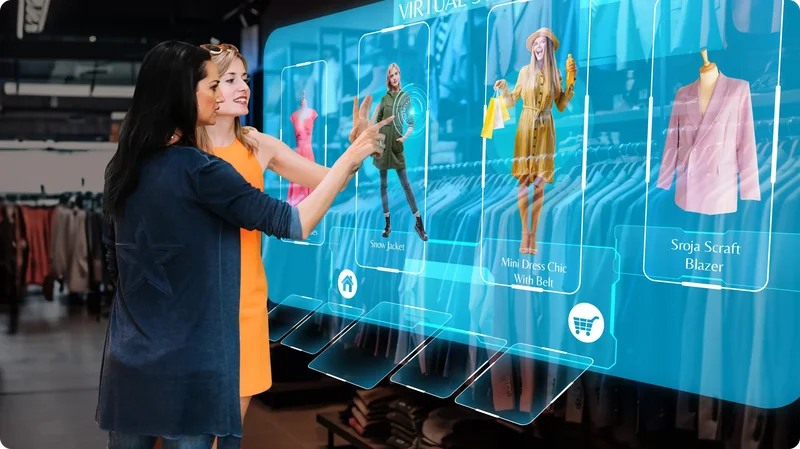
The former are being transformed into self-service interaction centers with touchscreens straight out of science fiction, while in car dealerships or audio equipment showrooms, personalized, luxury service awaits sufficiently affluent customers. Of course, the premium locations also come with an impressive layer of technology included, but....
These days, it's other people’s attention that is starting to increasingly cause the emotional reactions we used to expect from flying cars and 3D printed pizzas. Technology now provides satisfaction in less spectacular ways, and what creates value is affection or interest, if only in the form of a chat with a seemingly unnecessary cashier.
However, I don't think the development of commerce is going to look like this in the long run. I expect hybrid solutions that will intelligently combine the capabilities of technology and humans – so that employees spend their time really bringing value to customers' lives, rather than performing repetitive tasks that we can already easily automate.
This will inevitably mean less and less human involvement in retail context based on generic everyday items. However, in many other areas – fashion, cosmetics, furniture, electronics – increasing automation will give employees more time to advise customers and show them that paying a visit to a store can be rewarding enough to make it worthwhile despite the availability of e-commerce.